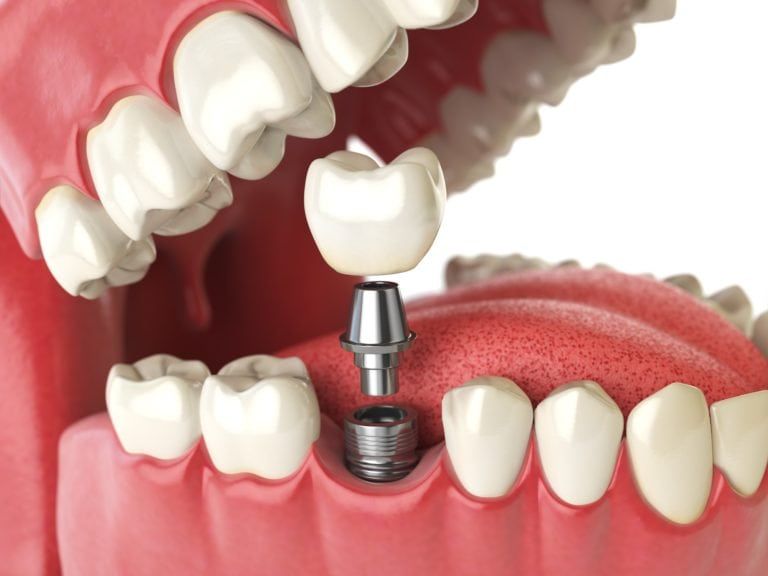What to Expect During the Implant Procedure

Dental implants are a great way to replace missing, damaged, or severely discolored teeth. Whether you have decided to get dental implants, or if you are still debating if you should or not, understanding what to expect during the dental implant procedure will help you to either prepare for your procedure or make a decision.
For starters, dental implant surgery is performed as an outpatient procedure under local anesthesia, meaning that you wonโt feeling anything during the procedure. The dental implant procedure can be broken down into two main phases, including prepping the jaw bone and placing the implant. During the first phase, the jaw is prepared for the implant by having a pilot hole drilled into the jaw bone. This pilot hole will eventually house the implant and will work to anchor the implant to the jaw bone, ensuring durability.
In the second phase of the implant procedure, the actual implant is placed into the jaw bone. This is accomplished by first expanding the size of the pilot hole to match the size of the implant screw. Then, the implant screw is placed in the pilot hole and the gum tissue is stitched up. At this point, the dental implant has been placed into the jaw bone, but it is still missing the crown on top. However, this crown cannot be placed until osseointegration takes place.
Osseointegration is the process of new bone growing around the implant so that it can be properly anchored the jaw bone. This process takes approximately three to six months and must occur for the remaining abutment and crown to be placed. Once the implant area has completely healed and osseointegration has occurred, then the permanent crown will be attached to the implant via the abutment.
This abutment can sometimes be placed before osseointegration, but this depends on the stability of the implant. The abutment is the piece that sits between the implant and the crown and is responsible for attaching the crown to the implant site. Without the abutment, the crown cannot properly be attached to the implant. In some cases a temporary crown must be placed before the permanent crown can be placed, but this depends on individual factors.
Once the procedure is complete, you may experience some pain or discomfort around the surgical area, which is normal. Usually this pain can be easily treated through the use of over the counter painkillers, but your dentist may also prescribe you something. It is also normal to experience swelling, bruising, and minor bleeding after the procedure. Most likely your dentist will put you on a soft foods diet until your mouth has recovered enough to bite into harder, tougher foods.
The majority of dental implant procedures are successful and have long-lasting results. For the best post-op results, it is important to keep up oral hygiene habits such as brushing, flossing, and regular dental check ups, as well as avoiding damaging habits like smoking or eating really hard foods. Implants that are well taken care of generally last a very long time.

Recent Comments